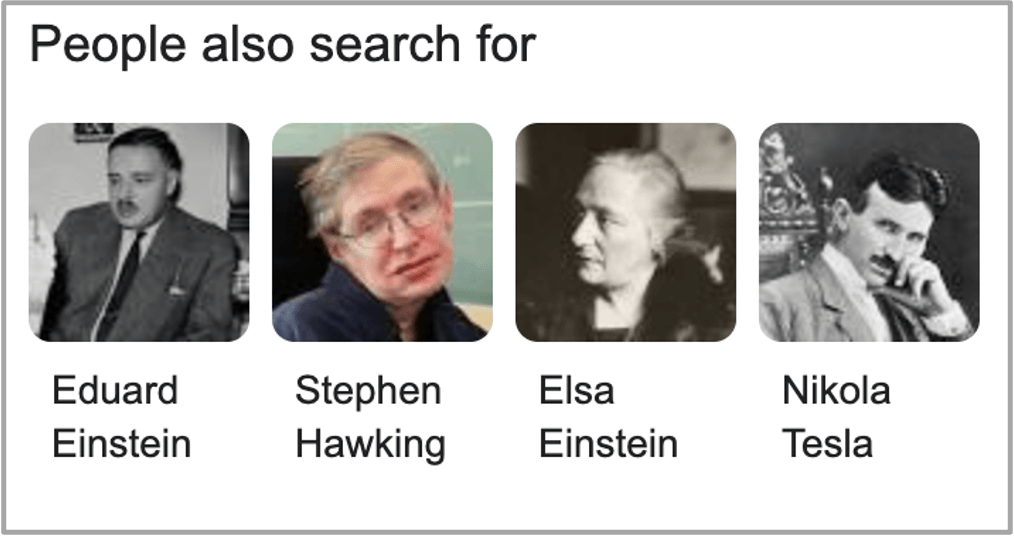In this ever-transforming digital world, the amount of data generated is growing exponentially, and starting from large organizations to individuals, data-driven decision-making is on the rise. Digital transformation is at its peak in this post-COVID-19 era. With such vast data, decision-makers want to establish connections between different data clusters to drive decision-making.
Historically, legacy-based data systems are more two-dimensional, where the mapping is based on rows and columns only. In such a scenario, new-age knowledge graphs are a good solution for handling complex, multidimensional relationships. In addition, the need for knowledge graphs is increasing, right from the medical sector, social media, and 360-degree customer experience to cybersecurity. In this blog, we will discuss the significance of knowledge graphs and how they are helping the real estate sector address vital problems.
What Is a Knowledge Graph?
A knowledge graph is a semantic network representing knowledge in a graphical structure consisting of nodes and edges/arcs. Here, nodes represent the objects, and edges represent their relationship. These networks are intuitive with greater cognitive adequacy, which is the capability to solve a problem with some sociocultural context. Moreover, knowledge is organized in this semantic network so that a machine can easily interpret it and extract domain-specific data.
Some knowledge graphs are used primarily by the companies that have developed them. The most common example of a knowledge graph is Google Knowledge Graph. Remember the suggestions on your right pane when searching for information in any search engine? How are recommendations by Amazon and Flipkart generated? Knowledge graphs conjure up all these magic moments.
For instance, if you search for Albert Einstein on Google, you receive suggestions for Nikola Tesla, Stephen Hawking, etc. Albert Einstein is listed in the knowledge graph’s backend as a physicist. As a result, the search engine recommends everyone related to a physicist. Knowledge graphs easily visualize data and how the objects are associated. They allow businesses to extract data with minimal effort. Users can easily add more data to knowledge graphs, and they are easily traversable. Unlike relational databases, knowledge graphs don’t need any joining algorithm across tables. Data extraction is much simpler here and is as quick as extracting a node from a graph.


Knowledge Graphs in the Real Estate Sector
Knowledge graphs can help real estate businesses by providing a more comprehensive and connected understanding of properties, clients, and market trends. For example, a real estate company could use a knowledge graph to aggregate data from various sources, such as property listings, public records, and social media, and create a graph-based representation of the relationships between the data. This could enable the company to identify previously unknown relationships between properties and clients, better understand market trends, and ultimately make more informed decisions.
For example, a real estate business could use a knowledge graph to identify similar properties based on attributes like location, price, and features and use that information to suggest potential properties to interested clients. Consider one particular property as a node. The nodes connected to the property can include persons, corporations, contact information, phone numbers, and email addresses. The knowledge graph below exemplifies the scenario mentioned in the previous section.
In the real estate sector, properties are broadly classified into commercial and residential properties. Commercial properties refer to buildings such as convention halls, retail spaces, and office space, whereas residential properties refer to apartments, villas, and so on. The buying process is cumbersome as searching for the attributes of a property is always a time-consuming task and is not readily available.
Knowledge graphs help in answering several important questions. Who is the actual owner of the property? Imagine a property as a node; all the nodes can be used to establish ownership if connected to a specific person. After extrapolating the property to the stated owner and then to the actual owner, the second question is about which buildings did they purchase and sell over the past few years. This information also covers mortgages and lenders. The next question is how many properties the lenders bought and sold in a particular city over the past few years. Beyond properties and anything associated with them, many more insights can be added to these scenarios.
Apart from gathering fundamental data and information, strategy is the next crucial factor to consider.
· What did they buy and sell during the past few years?
· Do they have a plan for this?
· Do they only consider apartment buildings?
· Do they only have an interest in one region?
· Have they ever dealt with just one lender?
· Do they have a long-standing relationship with just one company?
The real estate company can easily target prospective customers with the strategy they have devised based on prior history. A 360-degree customer experience can be achieved with such relationship mapping.
Customer Service via Knowledge Graphs
As mentioned earlier, businesses that understand their customers better in this era of digital transformation will have an early-mover advantage. This continues beyond just understanding customers at a high level; it requires businesses to go deeper and have a 360-degree view of the customers. Every piece of information will be critical in decision-making, starting from the history to the interest and finally to all the possible connections.
Marketing campaigns, promotional offers, and customized recommendations, among many other strategic initiatives, will all need information concerning multidimensional relationships, and knowledge graphs will play a significant role. The real estate sector will have a substantial positive impact with this technology. Like many other businesses, this is just the beginning of the transformation, and the possibilities are limitless.



